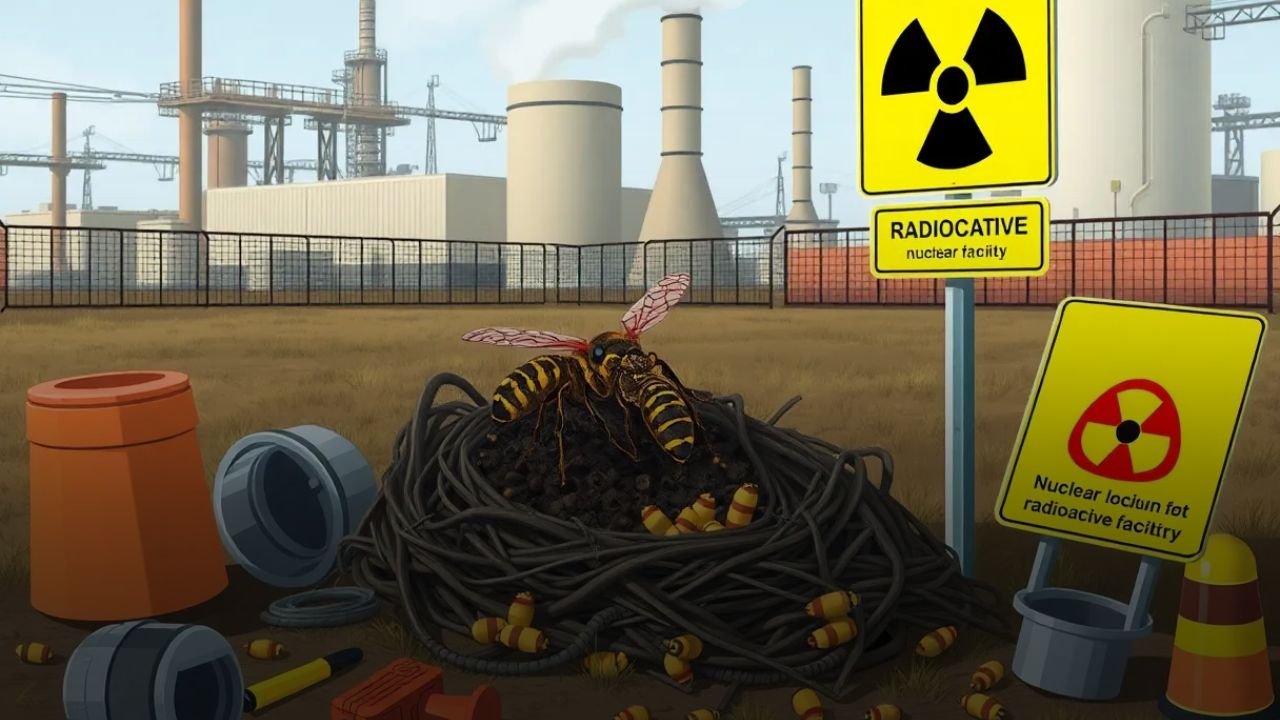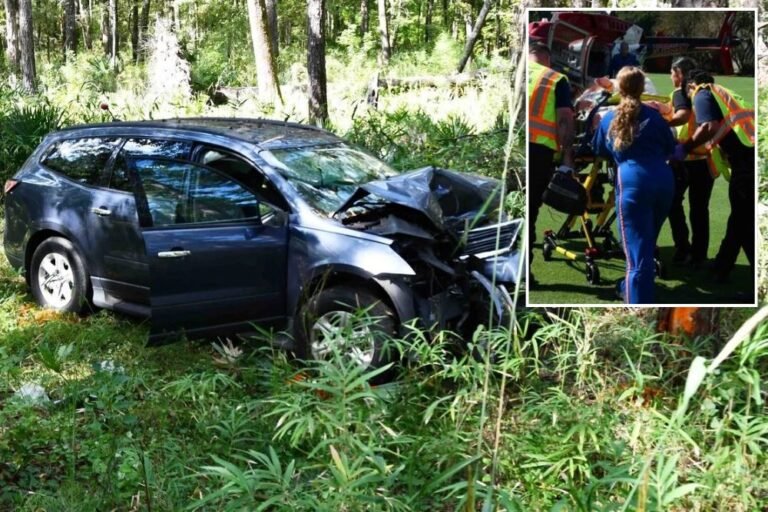Radioactive Wasps Found at Savannah River Site in South Carolina, Officials Say
AIKEN, S.C. — Officials with the Department of Energy have confirmed the discovery of radioactive wasps at the Savannah River Site, a sprawling nuclear facility located near Aiken, South Carolina.
The unusual finding occurred just before 2 p.m. on July 3, when Radiological Control Operations personnel identified a wasp nest on a post near a tank within the secure facility. Upon investigation, the nest was found to contain 100,000 disintegrations per minute (dpm) — a moderately high level of radioactive contamination.
Legacy Radiation, Not a New Threat
According to the U.S. Department of Energy, the nest is considered an example of “onsite legacy radioactive contamination” rather than an indication of a new radiation leak. That means the radioactivity most likely originated from residual contamination lingering from Cold War-era nuclear weapons production at the facility.
The wasp nest was immediately neutralized using pesticide spray. Afterward, officials bagged the remains as radiological waste, ensuring the insects would not pose further health or environmental risk.
No Surrounding Contamination Detected
Despite the nest’s contamination level, the surrounding ground and air tested negative for additional radioactive material, and no other insects or wildlife were found to be affected. The DOE emphasized that the incident posed no threat to workers or nearby communities.
The site remains fully operational, with no disruption to ongoing energy or cleanup projects. The Savannah River Site’s longstanding status as an EPA Superfund site means it undergoes continuous environmental monitoring and remediation.
As WYFF4 reports, the DOE confirmed that the incident did not impact any current operations at the facility.
Background: Savannah River Site
Originally constructed in the 1950s, the Savannah River Site spans over 310 square miles and was built to support the U.S. military’s Cold War efforts by producing tritium and plutonium-239 — critical components in nuclear weapons.
In the 1980s, the facility shifted toward environmental remediation, following its designation as a Superfund cleanup site by the Environmental Protection Agency (EPA). That cleanup continues to this day, as legacy waste and structural contaminants are safely contained or removed.
Have concerns about environmental safety near former nuclear sites in South Carolina? Let us know what you think or share your story with us at SaludaStandard-Sentinel.com — we’re committed to bringing transparency to legacy cleanup efforts.







